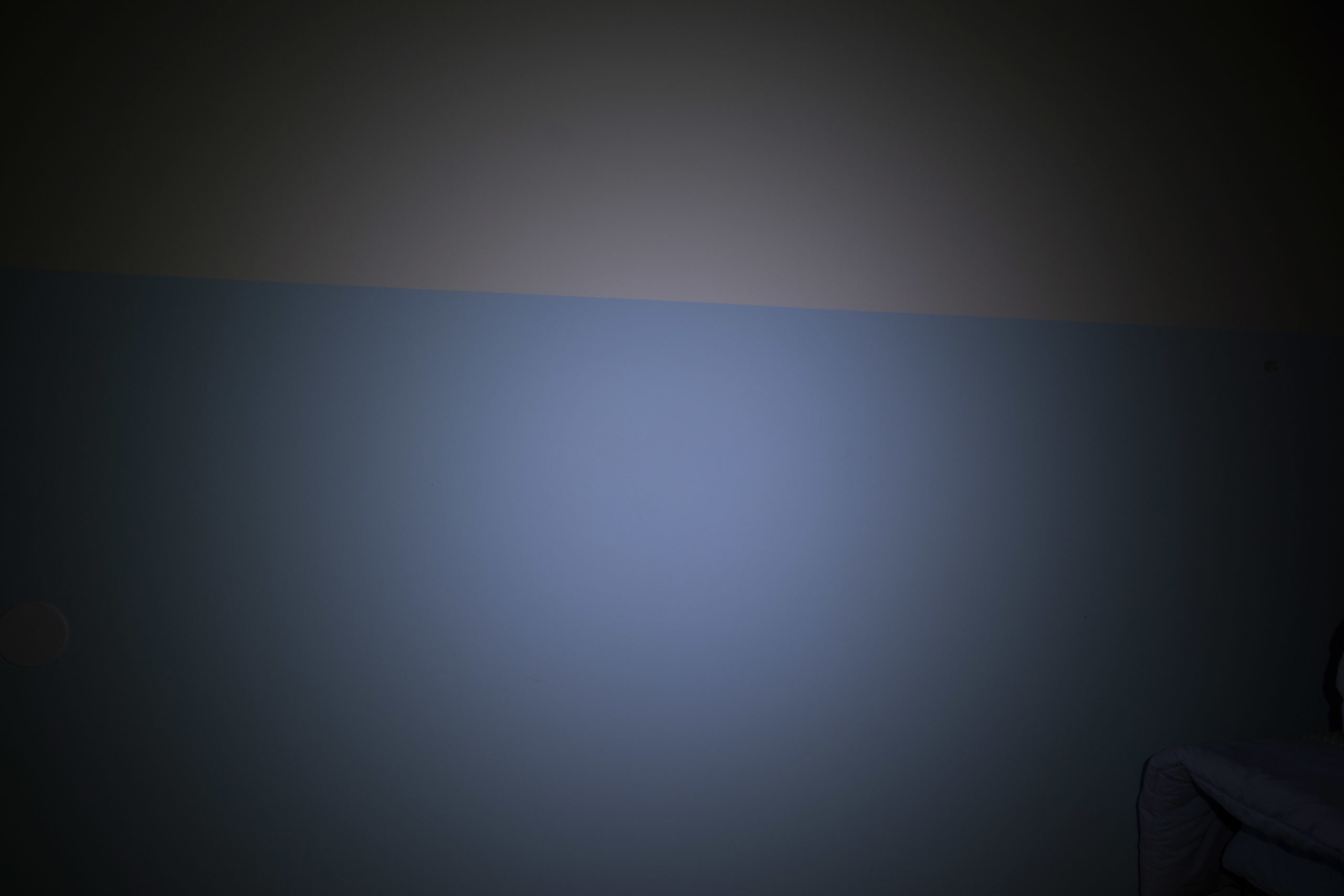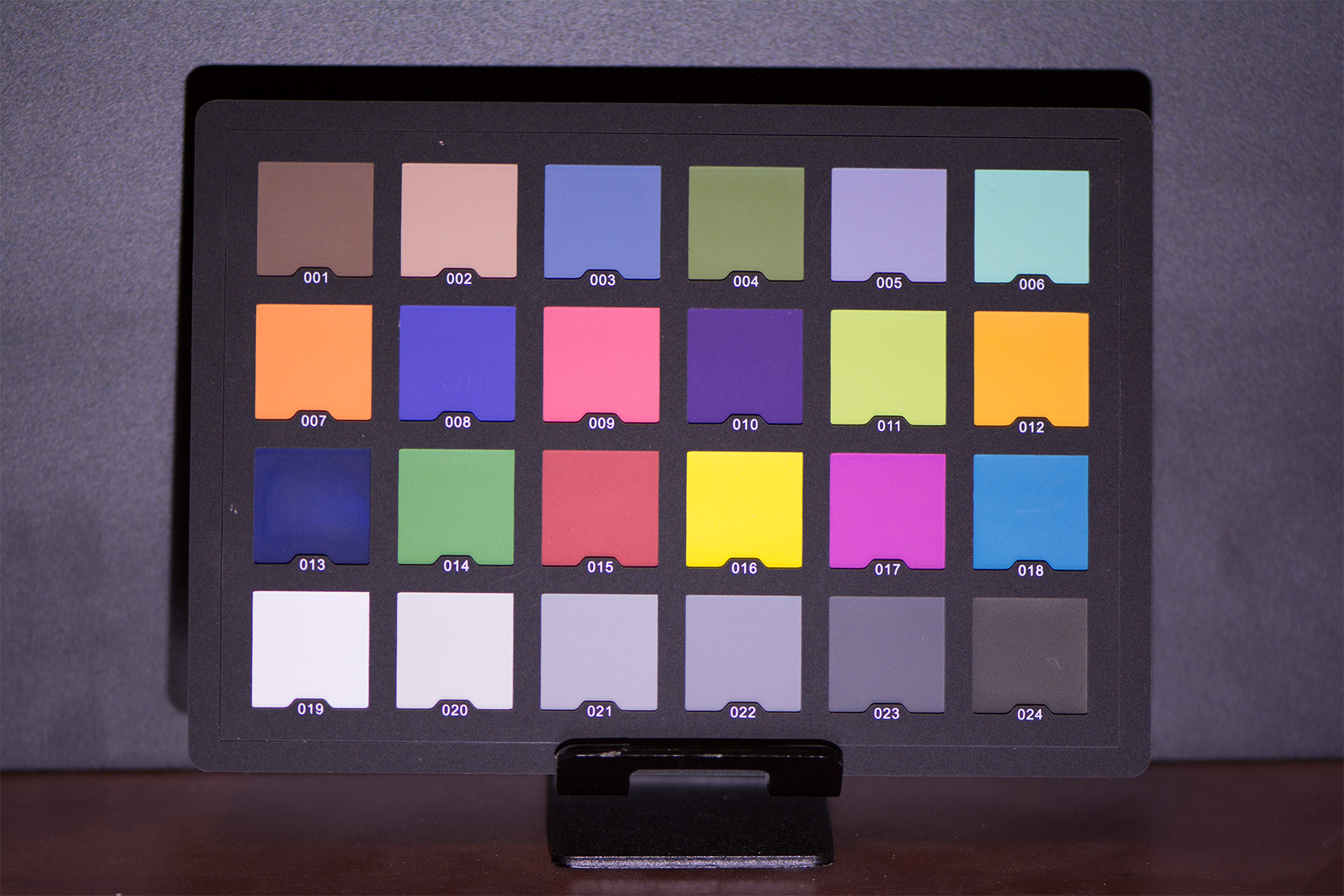Today we continue our ongoing series of portable LED reviews with a third light – the smallest in the current series called the Lume Cube. This light might look like a small toy but as we shall see in this review it is far from one and actually has some unique features that even much larger and more expensive lights do not process.
After we looked at the Genaray LED-7500T and the Pipeline Reporter lights we get back to really portable and small form factor lighting on this review with a type of LED which externally resembles the Italian Relio LED Light which we have tested here about a year ago but actually brings to the table quite a few special features that we shall look at in this review.
Let’s start with some specs on the Lume Cube (more on the Lume Cube site):
- Power: up to 1500 lumens.
- Color temperature – 6000K.
- Dimming from 100-10%.
- Waterproof shell & depth Rating of 100ft (30m).
- Built in Li-Ion battery (USB rechargeable).
- Wireless – BT with app (Android/iPhone app
- Weight – 0.4 lb (110g).
- Price: $80 (Amazon).
Lume Cube – Tiny light 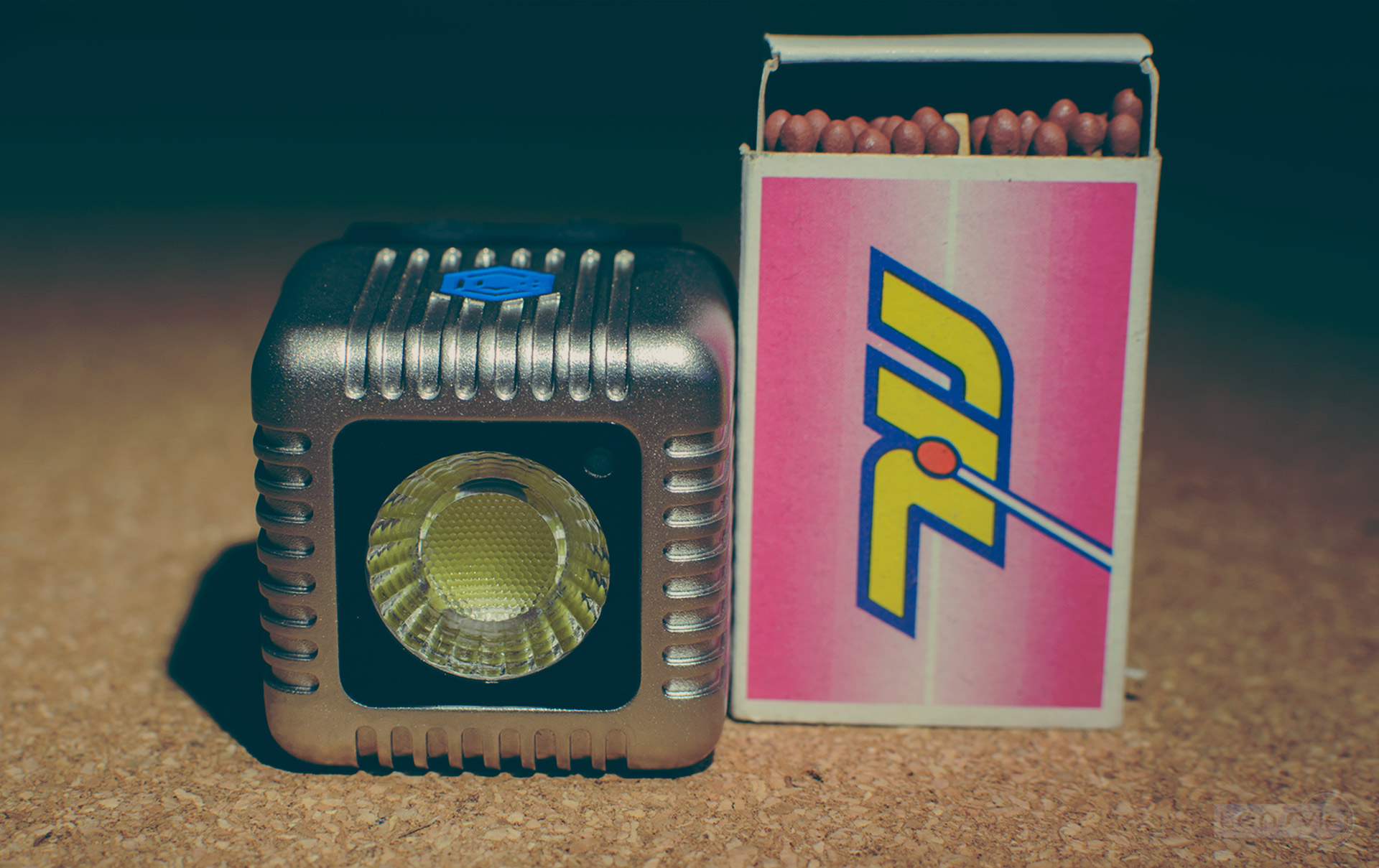 Design and build quality
Design and build quality
You might think that a product at a sub $100 price tag might not have a great build quality but we were actually surprised to find that the Lume Cube has a very good build quality. Much of it is made out of metal (probably aluminium) and the other half is some kind of hard plastic. Maybe they only part which we found to be made of a bit softer material is the plastic cover for the USB in the back of the unit (it got scratched a bit when we used a coin to open it but this is more of an aesthetic issue than a functional one).
The Lume Cube is a very simple device externally – you have the light in the front and a small light sensor, some small cooling fins on the sides (maybe it would be better if they were a little bit bigger but we will get to that in the next section when we talk about heat dissipation) and as we noted, in the back we have a plastic cover which hides a micro USB socket for charging the internal battery.
The only controls that you have on the Lume Cube are two waterproof buttons on the top of the unit. These two buttons together with the app (there is a version for both Android and iOS – we tested the Android version on a One Plus One device), let you control every aspect of the light.
Using the Lume Cube
There are a number of things that you can do with the Lume Cube which makes it a bit different than other lights that we have tested. First, you have the app control which we will discuss in a second, but you can also use it underwater which is a completely different application which we didn’t really cover in this review (although we did test it in a glass full of water and it seem to work just fine).
You don’t have to use an app to control the light – you can do most if not all of the things using the two waterproof buttons on the top, but to be perfectly honest we feel that there are just too many options and whenever we could we tried using the app (and yes – for simple things you can just turn it on with a button and we did this quite a bit).
Let’s talk about the app – it is very easy to use – there is a free and a pro version (we would probably advice you to pay the few extra $ to get the pro version which will allow you to control up to 5 Lume Cubes and get control of the optical trigger and flash duration which is always welcome (but you can of course try the free version first and maybe it will be enough for what you need from the light).
The only issue that we have is that we sometimes got a massage saying that the Lume Cube isn’t connected – we suggested to the manufacturer that he will add a small light on the top showing the user if the BT is on or not / connected or not – this can be very useful and maybe this will be implemented in a future version of the Lume Cube.
Besides that, controlling the Lume Cube from the app is fun – we could only wish all lights could be controlled in this way, and although we didn’t have several Lume Cubes to try – if you do have a few it could really be quite and effective and powerful setup which you can remotely control from your smartphone with just a few swipes.
We do want to mention briefly the optical trigger and stills mode in general. For the most part we treated the Lume Cube as a video light or a constant light for stills (this works especially if your subject is stationery). But you can use it as a flash (short burst of intense light). We are not sure if you actually gain something by using this in flash mode in terms of light output (real flashes can give much more power than almost any LED for a fraction of a second and we are not sure that this is the case here).
Regardless – the Lume Cube does have a optical trigger for using it as a flash – this is powered when there is another flash (or as we discovered any strong light) around. If you already have a flash trigger on your camera and you are just using the Lume Cube as another (second, third etc. light) than it might be useful but if you only have your camera and it has just the on-camera flash – using it is not a great option as you will get the light from this flash in your image.
We suggested to the manufacturer to try and come up with a BT trigger for at least some of the common cameras and in this way you can really have an interesting system for both video and stills shooters.
There are many possible applications for the Lume Cube in our view – you can use it for food photography, product photography and we even did some macro work with it and we are sure that in some situations you can even use it for other things (maybe a hair light for portraits or even a main light in some very specific types of shoots). Remember – the Lume Cube is a very hard light – this isn’t necessary bad it just means that it offers a very specific look with lots of shadows.
At the moment there are not a lot of official diffusing and light modifiers although you can always adapt or make a DIY solution, but we do understand that the manufacturer is hard at work on all sorts of accessories so wait up for that.
The Lume Cube on the upcoming Pictar
The Lume Cube promises to be extremely powerful light – with 1500 lumes (official number – although we are unsure at what distance this measurement was takes), the unit does promises a lot. In our testing it does fulfil this promise when it comes to power. Now although we didn’t have a lumens meter we did put it head to head against two other lights that we have tested (i.e. the Genaray LED-7500T and the Pipeline Reporter) an it faired very well when taking into account its small size and low cost.
Below you can see three images taken from the same distance (about 3 feet/1 m) with the same camera/lens (Nikon D7100 + 10-20mm Sigma) at the exact same settings.
Lume Cube power test
 Pipeline Reporter power test (2 lights)
Pipeline Reporter power test (2 lights)
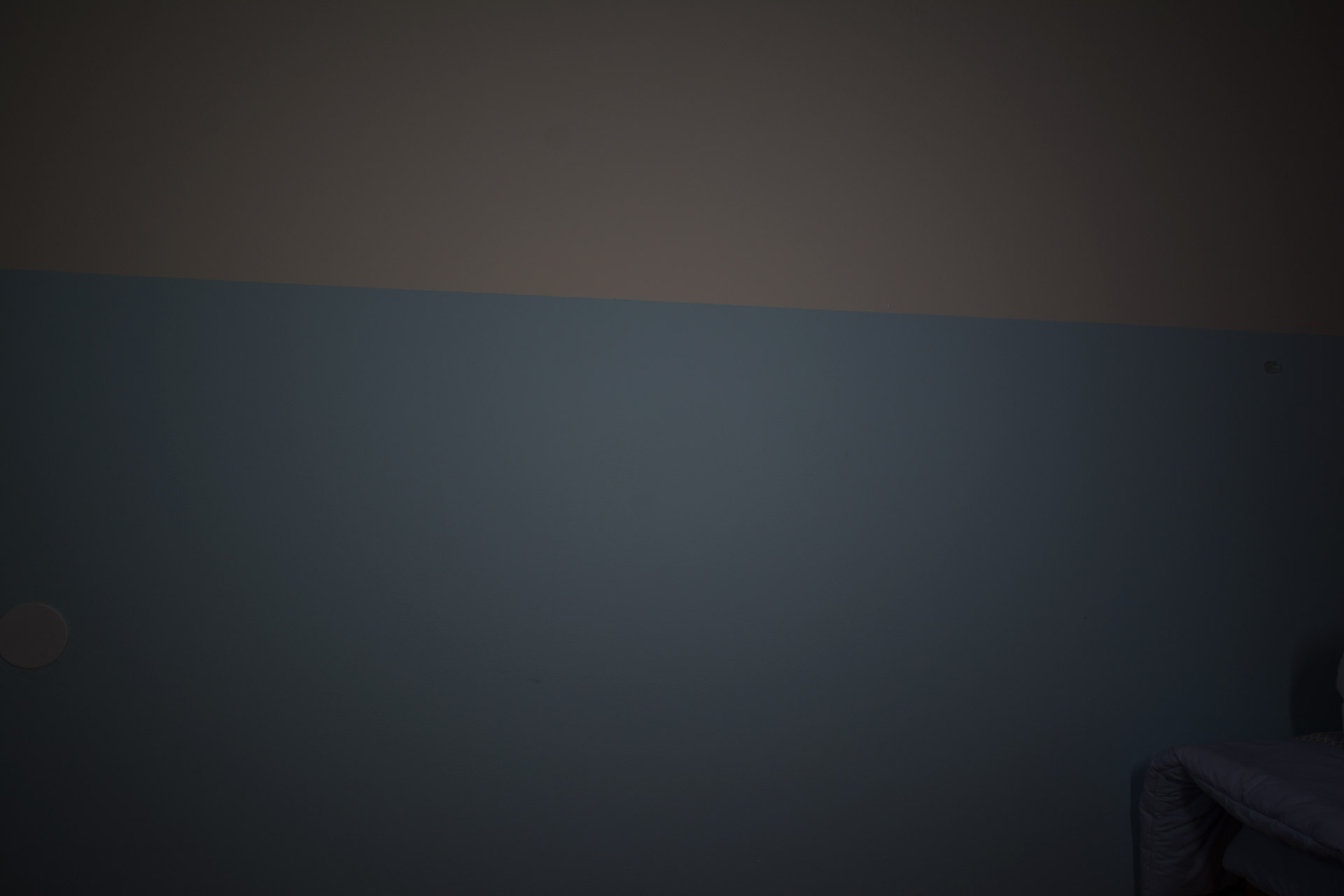 So as you can see the Lume Cube, despite being considerably smaller (and less expensive) than the Genaray LED-7500T actually seems to give maybe about 2/3 of the power of this larger unit. As for the Pipeline Reporter – comparing the two is a bit strange as they are very different lighting units (the Pipeline Reporter is far less directional with a much softer light) but you can easily see the difference.
So as you can see the Lume Cube, despite being considerably smaller (and less expensive) than the Genaray LED-7500T actually seems to give maybe about 2/3 of the power of this larger unit. As for the Pipeline Reporter – comparing the two is a bit strange as they are very different lighting units (the Pipeline Reporter is far less directional with a much softer light) but you can easily see the difference.
The next thing that we want to cover is color reproduction. We have no CRI or TLCI official measurements from the manufacturer to share with you about the Lume Cube but just like what we did above, we did run some color tests with all three lights.
Lume Cube color test
 As you can see the Genaray LED-7500T and the Lume Cube seems relatively similar while the Pipeline Reporter looks to our eyes to be significantly more color accurate – remember it is a 95+ TLCI and has an MSRP of around $850 so again – this is a very different class (and type) of light.
As you can see the Genaray LED-7500T and the Lume Cube seems relatively similar while the Pipeline Reporter looks to our eyes to be significantly more color accurate – remember it is a 95+ TLCI and has an MSRP of around $850 so again – this is a very different class (and type) of light.
Finally we want to talk about battery life. At full power you will be stopped at between 10-15 minutes because of over heating but if you somehow keep it cool for enough time (ice water?) you will probably get over 20 min out of the battery.
Using this unit at 100% for 20 min however is not what we would recommend even if you can – in our view a more sensible (and common) way of using this light will either be short uses at 100% or longer uses at say 50%-80% – in this scenario you would be looking at probably around an hour or an hour and a half.
What we really liked is that you can use a USB charger to power it while it is running – and if it is at around %60 it might be able to run almost indefinably as it will not get too hot and will discharge at around the same rate as it recharges (maybe even a bit higher).
Temprature after about 10-15 min of use
Conclusion
Looking at the Lume Cube you might first think that it is some sort of a kids toy, however after spending almost two months with it we can tell you that this is very far from what it really is.
The Lume Cube might not be a fully professional grade light but it does have several features that even high end lights do not posses. It is very well made and extremely robust, made out of metal and hard plastic, it is waterproof (and actually fully submersible as we have shown you in the video), has extremely powerful light and maybe the most interesting aspect of it in our view – it can easily be controlled using an app (along with up to 5 other lights – if you are using the paid version of the Lume Cube app).
Small, powerful and remotely controlled
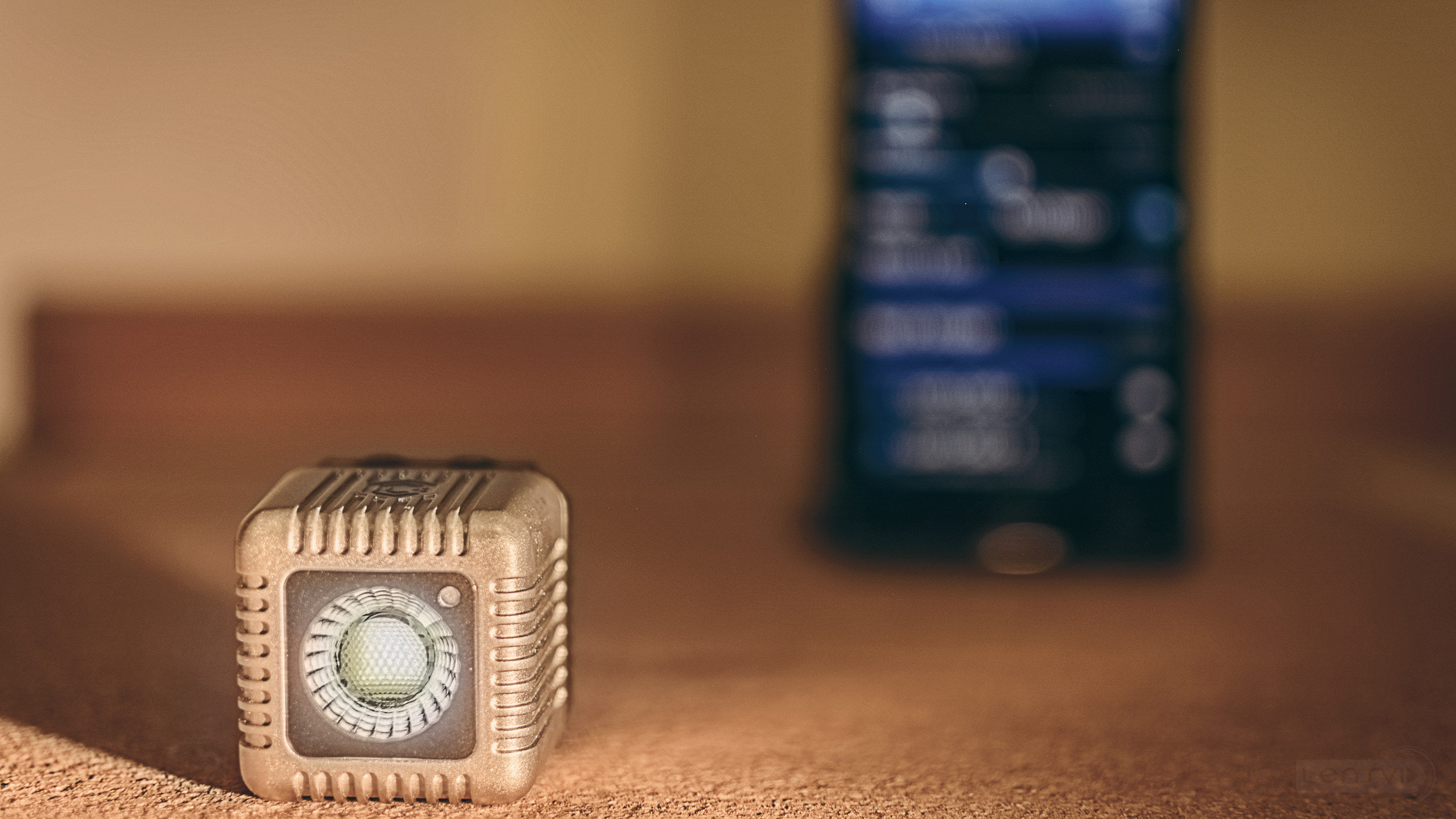 Not everything is perfect of course – if you try to use the Lume Cube for too long at full power it will overheat and shut itself down automatically to cool itself up, there are only 2 buttons which can get a bit tricky because there are so many modes and there is no way to remotely trigger the flash for stills mode without using a flash (at least not yet). There is also no official light modifiers and gels (although those are said to be coming sooner rather than later).
Not everything is perfect of course – if you try to use the Lume Cube for too long at full power it will overheat and shut itself down automatically to cool itself up, there are only 2 buttons which can get a bit tricky because there are so many modes and there is no way to remotely trigger the flash for stills mode without using a flash (at least not yet). There is also no official light modifiers and gels (although those are said to be coming sooner rather than later).
At the end of the day we think that the advantages far outweighs any minor disadvantages for us and we think that this goes for most other users as well especially when considering the $80 price tag.
Although LensVid is a photography oriented website with mostly photographers and videographers as the main audience, we feel that we have to address another target group which might have actually been the main target group for this product (at least this is the way we see this) and that is smartphone shooters. These days everybody is taking pictures and although all modern smartphone have built in flashes – having the light so close to the camera is not necessary a good idea. The Lume Cube gives smartphone shooters a very powerful boost, increasing their ability to shoot in many situations where otherwise image quality would be poor or talking images would even be impossible and as such it is a very useful accessory for a much larger group of users than just photographers and videographers.
What we liked
- Extremely powerful for the size.
- Super portable and very light.
- Built in internal battery.
- Waterproof (really work underwater!).
- Easily controlled via an app (using BT from your smartphone).
- Well build and rugged (made from hard plastic and metal)
What we think could be improved
- Does get too hot after about 15 min at 100% (but at lower power levels it can work for quiet a long time).
- Lots of options with only 2 buttons can be confusing.
- No wireless trigger for your camera (you currently need to use the built in or external flash to trigger the Lume Cube at stills mode).
- No official light modifiers (we were promised that those are on the way though).
You can check out more LensVid exclusive articles and reviews on the following link.

You can support LensVid by shopping with our affiliate partners
Affiliates: Amazon, B&H, Adorama and E-bay.
Why should you trust us?
